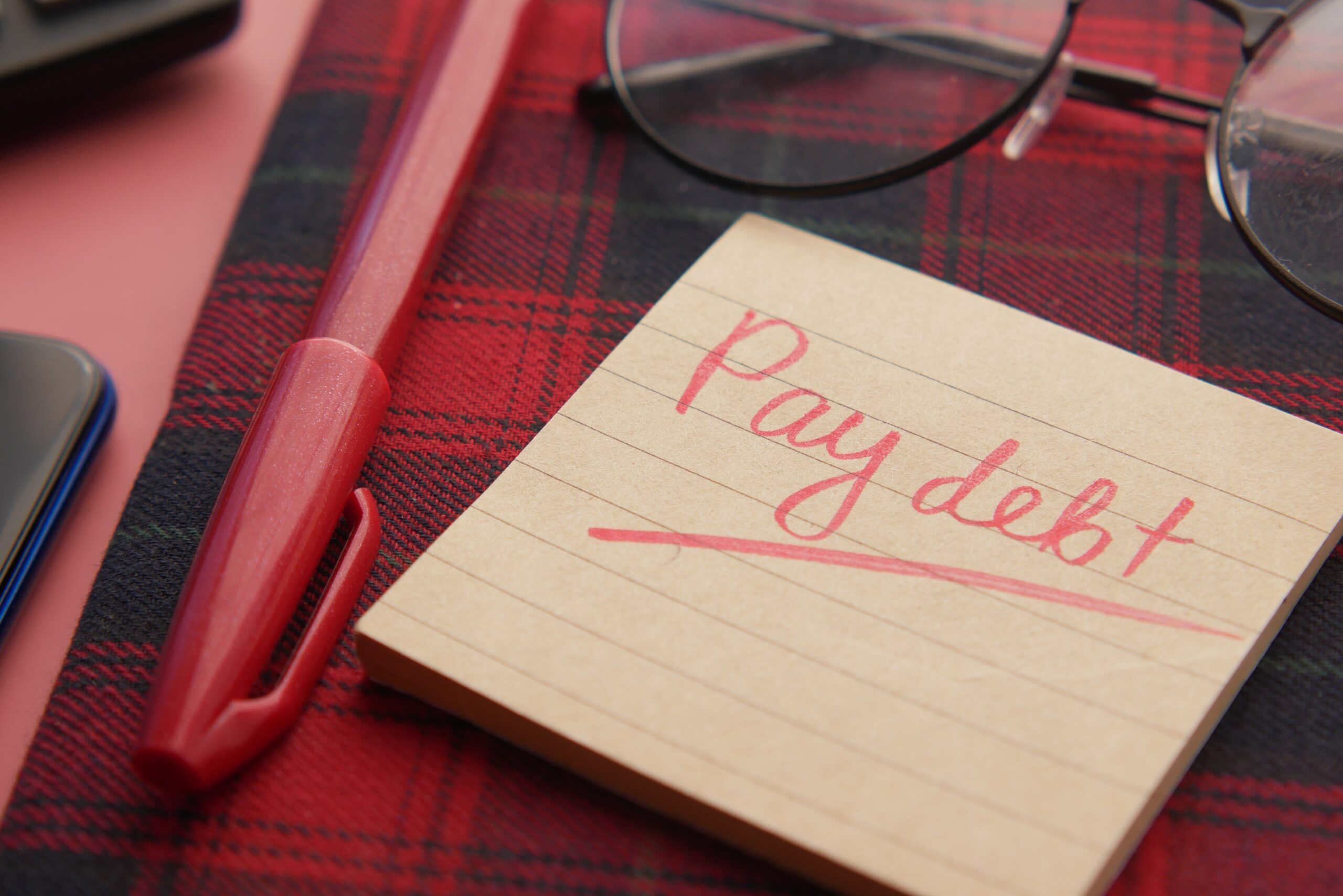
Secure vs Unsecure Debt: What It Means for You
The world of personal finance is often filled with words that can be intimidating to those unfamiliar with it. Among these terms are “secure debt” and “unsecure debt,” two concepts that, though similar in name, differ considerably in nature. Understanding these concepts can help individuals better manage their finances, particularly when they find themselves in debt. This article aims to delineate the definitions, differences, and examples of secure and unsecure debt and to provide valuable resources that can help individuals navigate financial hardships associated with these debts.
Defining Secured and Unsecured Debt
Secure debt is any form of debt that is backed by an asset or collateral. In the event of default—meaning, the borrower fails to make required payments—the lender can seize the collateral to recoup their losses. The primary examples of secure debt include mortgages and auto loans. In both these cases, the collateral is the house or the car itself. This security gives lenders more assurance, allowing them to offer lower interest rates compared to unsecured loans.
On the other hand, unsecure debt is not backed by any collateral. In this case, the lender cannot directly seize any of the borrower’s assets if they default on the loan. Because unsecured debt is riskier for lenders, these types of loans often carry higher interest rates. The most common examples of unsecure debt include credit cards, student loans, and personal loans. Here, the lender extends credit based on the borrower’s creditworthiness.
The Differences Between Secured and Unsecured Debt
When discussing personal finance and debt, it is crucial to understand the differences and similarities between secure and unsecure debt. Both types of debt can play significant roles in financial planning and overall economic health.
Differences Between Secure and Unsecure Debt
Collateral :
The most fundamental difference between secure and unsecure debt lies in the use of collateral. Secure debt is backed by an asset or collateral, such as a house or car. If the borrower fails to repay the loan, the lender has the right to seize the collateral to recover their losses. Conversely, unsecure debt has no collateral. If the borrower defaults, the lender can’t directly seize any assets. Instead, they may resort to debt collection, reporting the default to credit agencies, or legal proceedings.
Interest Rates :
Interest rates are another significant distinction between the two. Secure debts usually have lower interest rates because the risk to the lender is mitigated by the presence of collateral. Unsecure debts generally come with higher interest rates as the risk to the lender is greater due to the lack of collateral.
Consequences of Defaulting :
The ramifications of defaulting on payments also differ. For secure debt, defaulting can lead to the loss of the collateral, such as the house in a mortgage or the car in an auto loan. However, for unsecure debt, while there’s no physical asset at risk, defaulting can lead to a significant drop in credit score, potential legal actions, and, depending on the jurisdiction, wage garnishment.
Similarities Between Secure and Unsecure Debt
Creditworthiness Evaluation :
In both types of debt, lenders evaluate the borrower’s creditworthiness before granting a loan. They assess factors such as credit score, income, and employment stability to determine the borrower’s ability to repay the loan. However, the weightage of these factors may vary. For unsecured debt, these factors might play a more significant role, given the absence of collateral.
Repayment Structure :
Both secure and unsecure debt typically follow a repayment structure that includes the principal amount, interest, and a set repayment timeline. However, the specifics of this structure can vary widely depending on the terms and conditions of the loan agreement.
Impact on Credit Score :
Both secure and unsecure debt can impact a borrower’s credit score. Regular, timely payments can help improve the score, while missed payments, defaults, or too much outstanding debt can hurt it.
Understanding these differences and similarities is essential for anyone looking to borrow money or manage their debts effectively. By recognizing what type of debt they’re dealing with, individuals can make informed decisions about their finances.
Resources for Financial Hardship
When dealing with financial hardship due to secure or unsecure debt, a variety of resources can provide aid. These resources span from credit counseling, debt management plans, and legal aid to government programs and tools.
Credit Counseling Services :
Credit counseling services can help individuals struggling with either secure or unsecure debt. These organizations offer personalized advice tailored to an individual’s financial situation. This can include setting up a budget, providing tips for reducing expenses, or exploring various strategies for debt repayment.
One of the leading organizations offering credit counseling services is the National Foundation for Credit Counseling (NFCC). NFCC agencies provide services like budget counseling, mortgage default or rent delinquency counseling, and high-interest rate (payday) loan counseling.
Another resource is the Financial Counseling Association of America (FCAA), which also offers individualized credit counseling services and financial education.
Debt Management Plans :
A debt management plan (DMP) is another resource that can be particularly helpful for those with unsecured debt, such as credit card debt. DMPs are typically offered by credit counseling agencies. They involve the agency negotiating with your creditors to lower interest rates or waive fees on your debt, then consolidating your debts into a single monthly payment that you make to the agency.
The NFCC and FCAA both offer DMPs, along with other organizations like Money Management International (MMI).
Legal Aid :
Legal aid can be a crucial resource for those facing severe financial hardship, such as potential bankruptcy. Legal Services Corporation (LSC) is an independent nonprofit established by Congress to provide financial support for civil legal aid to low-income Americans. They can provide guidance through the bankruptcy process and help protect against predatory lending practices.
Government Resources :
Government resources can be invaluable in providing information and recourse for those dealing with secure and unsecure debt. The U.S. Consumer Financial Protection Bureau (CFPB) offers a wealth of resources, including tools for budgeting and paying down debt, information on understanding your debt collection rights, and avenues for filing complaints against unfair lending practices.
For homeowners struggling with secure debt like mortgages, resources such as the U.S. Department of Housing and Urban Development (HUD) can provide assistance. HUD offers a variety of programs to assist homeowners who are at risk of foreclosure and otherwise struggling with their monthly mortgage payments.
Self-Help Books and Online Resources:
Finally, numerous self-help books and online resources can provide strategies for dealing with debt. Books such as “Your Money or Your Life” by Vicki Robin and Joe Dominguez or “The Total Money Makeover” by Dave Ramsey provide actionable advice on reducing debt and managing finances.
Online resources, including financial education websites like Investopedia or personal finance blogs and forums, can also offer valuable advice and a sense of community for those dealing with debt.
It’s essential to remember that while the journey to overcoming financial hardship can be challenging, you are not alone. Numerous resources exist to provide guidance and support, and with time and perseverance, achieving financial stability is a reachable goal.
Conclusion
Understanding the concepts of secure and unsecure debt is essential for effective financial management. Both forms of debt come with their pros and cons, and understanding the implications can help individuals make informed financial decisions. Despite the differences, financial hardship can arise from either form of debt, and it’s crucial to remember that resources are available to help. By harnessing these resources, individuals can better manage their debts and work towards financial stability and freedom.

Discover the Hardship Center, a valuable resource for understanding financial hardship programs available to the public. Learn how professional assistance can help maximize the benefits of these programs and make a significant difference in consumers’ lives.






